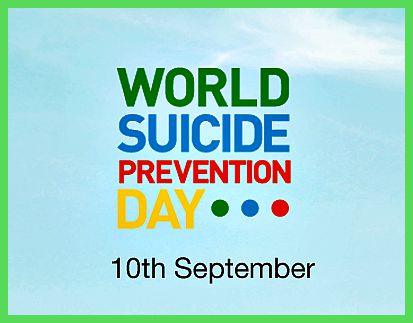It was thought that interaction with China would lead to that nation becoming more capitalist. Instead, it seems the CCP has infiltrated many aspects of American society, including our mainstream media.
Years ago, experts told us that as China became more capitalistic, the power and influence of the Chinese Communist Party (CCP) would fade. China would become less authoritarian and more democratic.
Tempted by CCP enticements, an enormous market, and cheap labor, many U.S. manufacturers moved their operations to China, closing factories here in the States. We were entering, experts told us, the new era of globalism.
Soon the goods marked with the decal “Made in China” arrived in our retail stores at a staggering rate. Clothing, bedding, tableware, computer parts, and pharmaceuticals: these and many other items produced in China further undermined our domestic manufacturing base. Consumers welcomed cheap goods, and we were willing to overlook the source of those commodities.
Meanwhile, the CCP engaged in technological theft from the West, in particular from the United States. That same country opened Confucius Institutes in various American schools and universities, supposed centers for the study of the Chinese language and culture, but in reality all too often aggressive front organizations for expanding “soft” Chinese influence. In addition, thousands of Chinese students have come to study in our country, and we’ve have welcomed them, even here in Front Royal, Virginia, without putting restrictions on them or investigating the reasons why they came here. Once again, money won the game, in this case the tuition these students pay to their host schools.
But throughout all these exchanges, do we find evidence that China is becoming a democracy, that it is easing restrictions on its citizens?
Negative.
Back home, the CCP has continued to install more and more surveillance devices to keep a strict accounting of the activities of its citizens and has introduced a “social credit” system to decide which people are allowed to travel, to attend schools and universities, and even to work. According to an Amnesty International report titled “China 2019,” human rights issues in China “continued to be marked by a systematic crackdown on dissent.” This Amnesty International spotlight on the CCP government cites gross abuses in civil rights, religious persecutions of Muslims and Christians, assaults on the rights of gay, lesbian, and transgender people, and the suppression of the defenders of human rights.
Here let me interject a personal experience with these attacks. Two months ago, I wrote to a certain essayist of Chinese origin now living in the United States to ask if I might interview her for an article about a piece she’d written. Her agent responded to my email, telling me that as much as his client wanted to do the interview, she had relatives living in China who might as a consequence be subjected to intimidation and arrest if that interview appeared. Therefore, he wrote, she must decline my request.
What does this tell us about the nature of the Chinese Communist Party government?
Most readers of Intellectual Takeout are aware of these injustices, yet how many of us are cognizant of the fact that some of our major news media have become entangled with the CCP?
I wasn’t, and the news astounded me.
In “A Rundown of Major U.S. Corporate Media’s Business Ties To China,” writer Chrissy Clark reported way back in May that many of our mainstream news outlets have economic ties to the CCP. The New York Times, the Washington Post, CNN, MSNBC, ABC, Disney, and Bloomberg LP: all are heavily invested in China and “are bending over backwards to avoid negative press coverage of China during the coronavirus pandemic.”
With growing dismay, I finished Clark’s article and was left to wonder how any of us could ever again believe what the organizations she names had to say about China.
As Clark says at the end of her article – and she deserves a medal for writing such a piece – “Examining these financial ties may explain why China is receiving such glowing coverage during a pandemic of their own making.”
The CCP first reported coronavirus on December 31, 2019, in Wuhan, China. On that date, the Chinese zodiac calendar was still in the “Year of the Dog.”
Here in the West, we have the adage “If you lie down with dogs, you get up with fleas.”
Isn’t it long past time that some of our American news outlets reevaluate their relationship with China?
—
























 By Annie Holmquist –
By Annie Holmquist –



